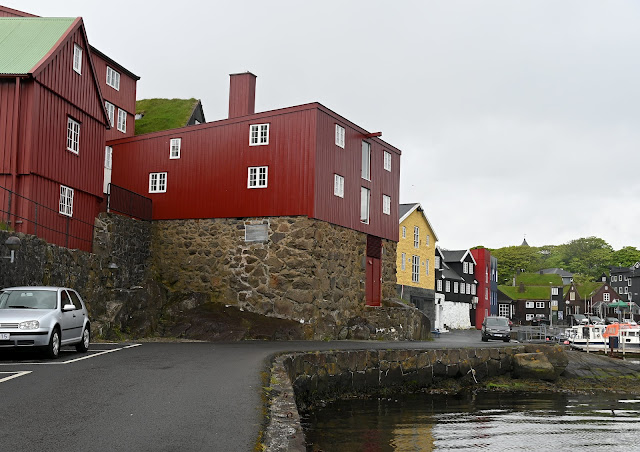Castles & ruins 33: Visegrád castle, HU
Visegrád was first mentioned in 1009 by Hungarian King Stephen I who gave it to the bishop of Veszprém (Diplomata Hungariae Antiquissima), why town had Slavic name though is uncertain, most probably major population there was Slavic (Vysegrad = High Castle).
In 1242 the town was destroyed by Tatar-Mongol invasion but rebuilt and continue to play important role in the region. King Charles I of Hungary made Visegrád the royal seat of Hungary in 1325. For today we have the remains of Palace, Solomon tower and the Citadel (on photos) from these times mainly.
In 1335, Charles hosted at Visegrád a two-month congress with the Bohemian king, John of Luxembourg, and the Polish king, Casimir III. It was crucial in creating a peace between the three kingdoms and securing an alliance between Poland and Hungary against Habsburg Austria.
Later royal seat was moved to Buda, but still the town and the castle were significant places for the country. Visegrád lost importance after the partition of the Kingdom of Hungary following the Battle of Mohács in 1526. It was captured by the Ottomans under Suleiman the Magnificent in 1529, reconquered back but captured again by Yahyapaşaoğlu Mehmed Paşa of Buda in 1544 and stay under Turks until in 1685 Duke Charles of Lorraine got it back for Habsburgs.
In all this turmoil all – the citadel, the palace and the tower were severely damaged and lay in ruins waiting for restoration till the end of 19th century. Today it is a museum and open to public for a fee, from 1985 every July it hosts “Palace games”: medieval event with joust, knights tournaments, falconry competition, markets etc.
The castle has its own legends of course: it is said that when Vlad Țepeș (“Dracula”) was held prisoner by king Matthias he was placed in the castle of Visegrad because it was the only place with strong magic preventing vampires to help their master to escape. Actually king Matthias really did imprison Vlad but there is no proof it was in Visegrad.
Magic of the place comes from the generations of the sorcerers who lived there in the highest castle: these women were powerful so much they could rule over the weather and Danube waters, they were raising storms when enemies attacked or calmed the river in time of peace.
And how else – king Matthias hid the greatest treasure under the castle walls, the fact that it is not found yet tells by itself that the king hid it well!
from above: Visegrad















Comments
Post a Comment